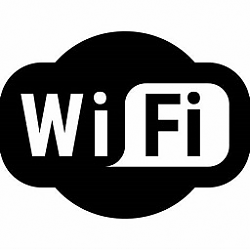I was asking for under-the hood improvements.
To which I have replied, it almost feels like "zero improvement" to me.
This is available at least since Windows 95.
They made under-the-hood improvements as for the negative side effects that might result from the old-traditional way of relying on color customizations.
Of courese, instantly get disabled because you cannot move windows around without it suggesting to clip them.
They made under-the-hood improvements to it, exactly
because this type of annoyance had to be addressed, which was impossible for them to address without digging under the hood.
In what way it is an improvement? It is Metro-based and does not even use system fonts and subpixel hinting.
Simple answer, it is much better organized now. By comparison, on Windows 8.1/10 it looked and felt more akin to skimming through a stack of old newspapers some of the pages of which either were crumpled or were buried under the hood.
Which is unusable, I 30 minutes was figuring out how to start notepad before installing OpenShell.
In a certain way, that was also my point re "got to improve it yourself (McGuyver style)", but then, the Start Screen of Windows 8.1 was even much worse than this, as it made me feel all dizzy in addition to suffering under-the-hood nervous breakdowns. At least they got rid of useless Live Tiles that were merely distractions and were hogging system performance, there's no more carnival colored tile backgrounds, there's no more tiles going dim all of a sudden and for no apparent reason, there's no more tiles, and, they made the icons a bit easier to rearrange by dragging them so that the act of doing so feels a little bit less like playing some kind of drunk board game TBH.
The rest of the text seems to deal with taskbar, etc, which is totally not what I was asking about. I was asking about under-the-hood improvements.
When switching from Windows 8.1 to Windows 11, the old taskbar of Windows 10 is arguably the best under-the-hood improvement of them all.







